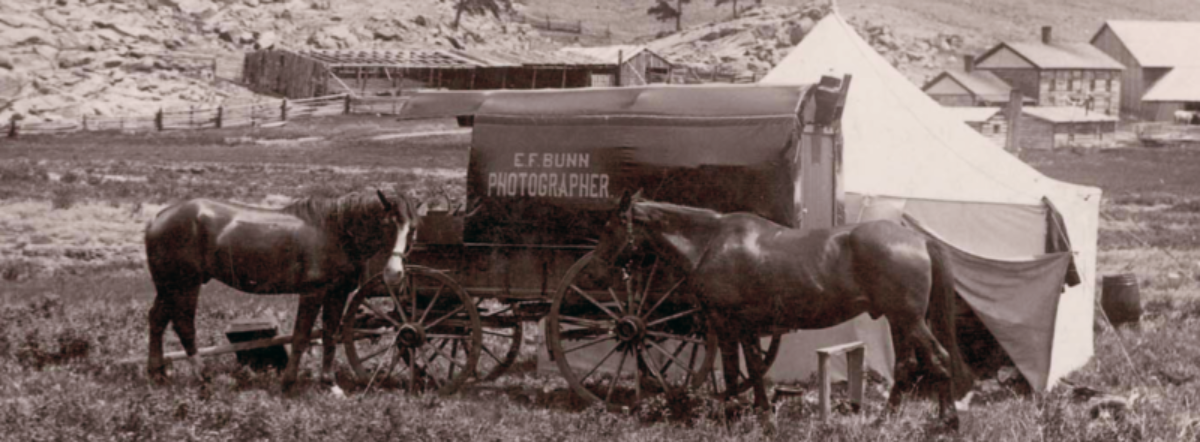Wellington O. Luke was born in Bradford County, Pennsylvania on February 9, 1847. He married Nancy “Nellie” E. Russell on September 7, 1869. In the early 1870s, he operated a photography studio in Meshoppen, Pennsylvania. In 1874, the Luke family moved to Colorado Springs. He partnered with another Pennsylvanian, possibly his brother-in law, Bentley B. Russell. They specialized in scenic stereoviews. After his young wife’s death of consumption in 1874 and his brother-in-law’s passing a few months later, W. O. Luke departed Colorado and set up a photo studio in Abilene, Kansas.


In July 1879, Luke worked together with Danforth N. Wheeler as Luke & Wheeler, producing cabinet cards and stereoviews. Their work included scenic views and local events, including former president U. S. Grant’s 1880 visit to Leadville, the hanging of two men, showing a large crowd of spectators, street scenes of Leadville, and miners and mining operations. Luke and Wheeler maintained their partnership until December 1881.

In 1888, Luke and one of Colorado’s earliest photographers, Frank W. Grove, joined forces as Grove & Luke. Their studio resided at 425 Harrison Street.
Luke worked in Leadville for more than twelve years. Virginia Luke filed for divorce in November 1894, alleging non-support. After their divorce, Luke left Leadville for New Castle, Colorado and later Arizona, where it has been reported that he made identification cards for Chinese people living in the U. S., as required by the Geary Act. After a brief time in Auburn, California, Luke returned to Pennsylvania. He spent the remainder of his photographic career in Wilkes-Barre, calling his business the San Francisco Studio. Located in the Weitzenkorn building on Main Street, it was the only photo studio in the city with an elevator.
Wellington O. Luke suffered a stroke and died on January 8, 1907.
Thank you to Beverly W. Brannan, former curator of photography at the Library of Congress for proof reading this post.


